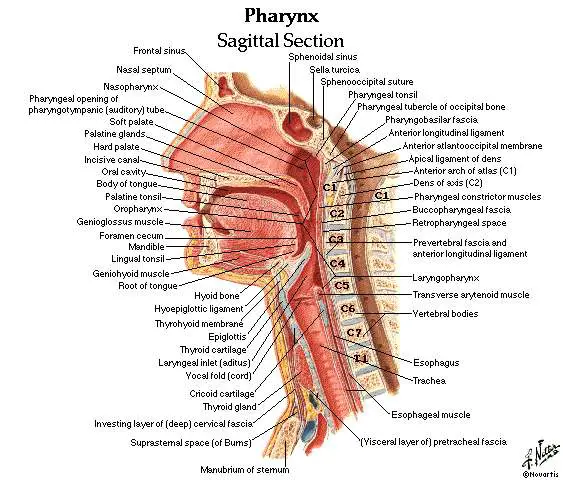
The amount varies, major and minor scales, for example, contains seven tones of twelve possible semi-tones.
#Neck diagrams alternative series
What is a scale?Ī scale in music is constructed from a series of tones. By clicking on the collapsible panels on the scales’ presentation pages, more information is available including scale degrees, related chords and theoretical explanation. The goal is also to deliver additional information so that ambitious musicians can study scales and understand them on a deeper level.
#Neck diagrams alternative full
Full fretboard diagram (i.e., 15 frets which is sufficient to cover the vital part of the fretboard).Based on shapes (which can be interconnected on the guitar neck).Based on octaves (from the root note to the same note on a higher octave).To enhance the learning, scales are presented with various diagram styles: This site has set a goal to present scales in a way all players including beginners can understand. Don’t forget to check out our printable Guitar Scales book.The scales are presented on diagrams with graphical fingerboard representation and - if nothing else is mentioned - based on standard tuning.You can discover more interesting scales at our main guitar scales page: Guitar Scales.You can find out more about Arabic music at wikipedia. The double harmonic scale is possible the most authentic. Out of these, the Phrygian dominant is probably the most widely known and used.

Click to see more ways of playing this scale.Īny of these scales can be used when an ‘Eastern’ sound is required in your music. Click to see more ways of playing this scale. The scale spelling of a Phrygian modal scale is: 1, b2, b3, 4, 5, b6, b7. The Phrygian scale has the characteristic ‘eastern-sounding’ semitone interval between its first two notes that is shared by all of the scales here. It is the third mode of a major scale (you can read more about modal scales here: Guitar Modes.) The Phrygian modal scale is another scale known as the Arabic scale. For More information on the Phrygian Dominant scale, see: Phrygian Dominant Scale Guitar. The scale spelling for a Phrygian Dominant scale is: 1, b2, 3, 4, 5, b6, b7 – the same as the double harmonic scale above, but with a flattened, rather than a natural seventh. It is also used by guitarists wishing to introduce exotic sounds into their playing. The Phrygian dominant scale is the fifth mode of a harmonic minor scale. Click diagram to see more ways of playing this scale. Scale spelling is as follows: 1, b2, b3, 3, #4, 5, 6, b7. It is octatonic (made up of eight notes), and is formed by alternate half and whole tone steps. The Half-Whole step diminished scale is another strange, ambiguous-sounding scale. Scale 2: Diminished Scale (Half-Whole step) For more information and diagrams for other positions see: Double Harmonic Scale. The scale has two augmented second intervals, giving it its enigmatic quality.

With the scale spelling 1, b2, 3, 4, 5, b6, 7 it is very similar to the Phrygian dominant scale, but with a raised seventh note. This strange and rather beautiful scale possibly has the biggest claim to be the ‘Arabic Scale’. It contains these and many other scales in multiple fretboard positions, allowing you to play them all over the neck.Īrabic Scale 1: The Double Harmonic Scale Double Harmonic Scale Guitar Diagram. If you want to learn these scales in more than one position, take a look at our downloadable Guitar Scales book. On this page, each Arabic scale type is presented in notation, guitar TAB and guitar pattern diagrams, allowing you to incorporate them in your own compositions and improvisations. The scales we’ve included are: the double harmonic scale, Phrygian dominant scale, Phrygian scale, and the diminished scale (half-whole step). Each of the scales below has at some time been referred to as an ‘Arabic scale’.Īlthough the scales on this page may have been used in traditional Arabic music (or are at least reminiscent of scales that were), it’s unlikely that the original musicians were thinking in terms of Western theory or notation the scales here are likely more ‘translations’ of the actual scales that were used. The name ‘Arabic Scale’ has been given to several different scales, each of which has an ‘Middle Eastern’ sound when played.


 0 kommentar(er)
0 kommentar(er)
